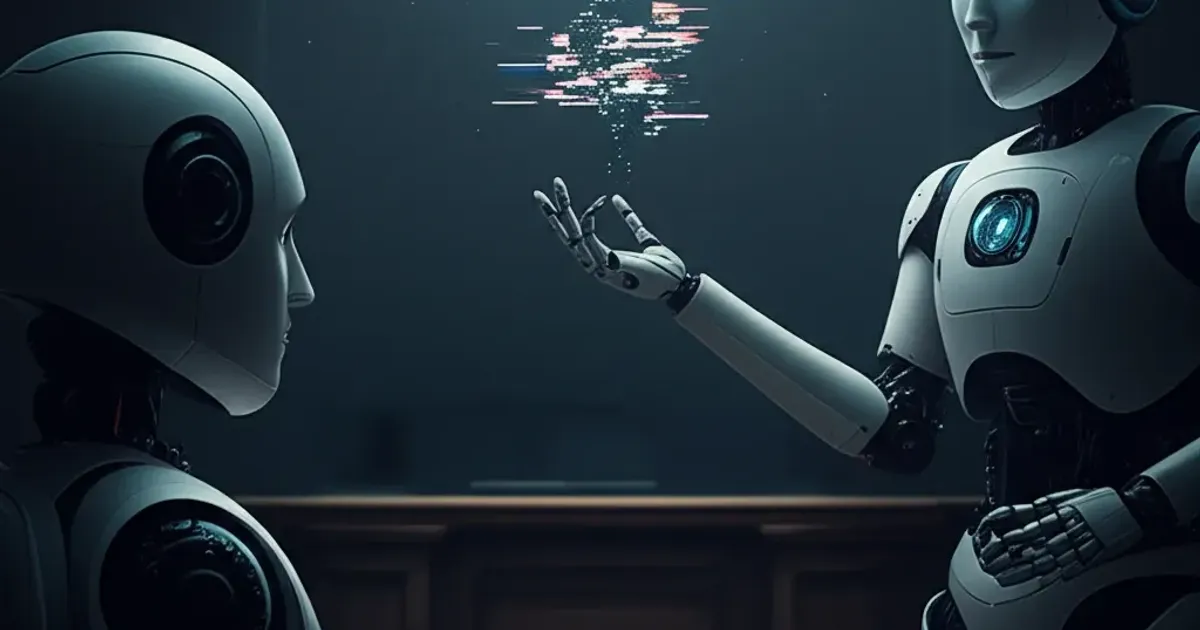
Autonomous delivery robots are no longer just couriers. They’re economic actors with their own wallets, negotiating, earning, and spending in real time. Bots have evolved from tools into agents, economic participants in their own right.
The machine economy is here, and it's transforming how we think about labor and value creation. Autonomous delivery robots are not just delivering packages; they are transacting on the blockchain. They pay tolls, tip decentralized navigation oracles, and earn service fees, all while completing deliveries. This is the essence of machine-to-machine commerce.
The Rise of Bots with Wallets
Autonomy and Agency
We’ve spent the past decade handing autonomy to algorithms, letting them recommend our music, curate our news, and trade our stocks. But now we’re giving that autonomy money—and with it, agency. With access to decentralized finance (DeFi), smart contracts, and machine-readable APIs, wallets unlock real autonomy for machines. Bots can negotiate terms in real-time with charging stations, service providers, and peers. They can earn income by offering services like delivery, data collection, and infrastructure maintenance. They can also spend on operational needs, like fuel, repairs, and software updates.
The Evolution of Synthetic Labor
For centuries, labor meant humans performing tasks for wages. Today, we’re witnessing the beginning of synthetic labor where robots and AI agents provide services and earn revenue onchain. A delivery bot could choose between high-paying jobs based on market demand, a drone might dynamically price its services during a weather crisis, and an AI lawyer agent could bid on micro-contracts for startups needing quick regulatory reviews.
Ownership and Value Creation
If your delivery robot earns income, the question arises of who owns that income? The company? The robot’s DAO? You, the user? Or perhaps… no one? And if bots can transact, tip, charge, and collaborate faster than humans, what happens to the people they replace? The machine economy promises efficiency but threatens to decentralize humans from the value chain. To make sense of it, we need new models of ownership.
The Hidden Costs of Convenience
The “autonomous machine economy” promises convenience but comes with hidden costs. Financial autonomy for AI creates a new class of actors that promise to drive value across the economic landscape and bring along new alignment challenges.
The rise of bots with wallets is a significant development in the Web3 and DeFi ecosystems. It highlights the need for new ownership models and considerations for the future of labor and value creation.



